DRIFTING RECORDS OF ASIA: ACROSS A STORMY VOYAGE
- write
- 2019-08-22
Lookup 1087
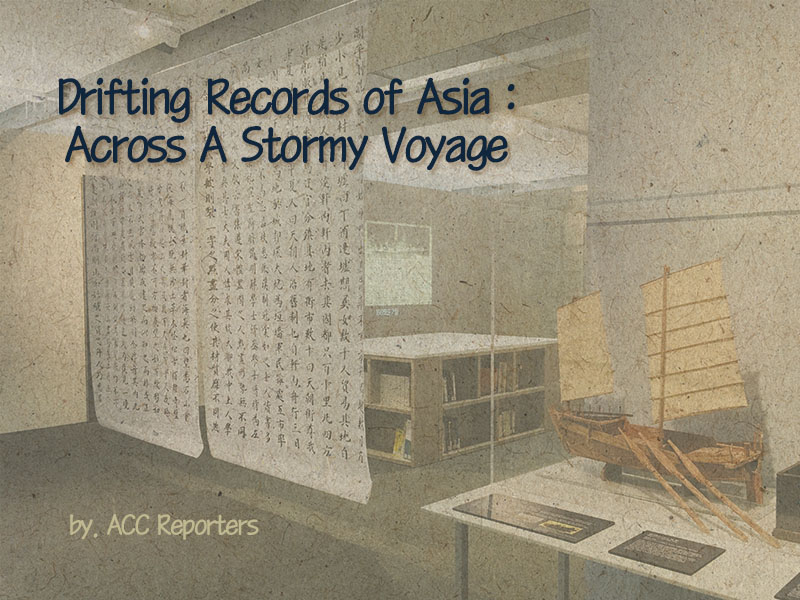
DRIFTING RECORDS OF ASIA: ACROSS A STORMY VOYAGE
Have you heard the word "pyohaerok"?
It is likely that this is the first time you are hearing about this chinese word that literally carries the meaning of "records of drifting", and this is precisely the term that represents the new exhibition presented by FINA World Championship Gwangju with the Asia Culture Center that has been studying and collecting pyohaerok´s stories in East Asia written between the 15th and 19th centuries.
Pyohaerok, originally written by Choe Bu refers to the stories told by people who driffted the sea and survived the adversities of this crossing, also tells us how the ship in which they were heading by the sea was carried by the tide to exotic lands, after the ship was hit by strong waves and winds.
The exhibition is divided into three interesting parts where you can find a varied of paintings, portraits, Asian drifts, books among other contents that are proof of the entire history of this adventure.
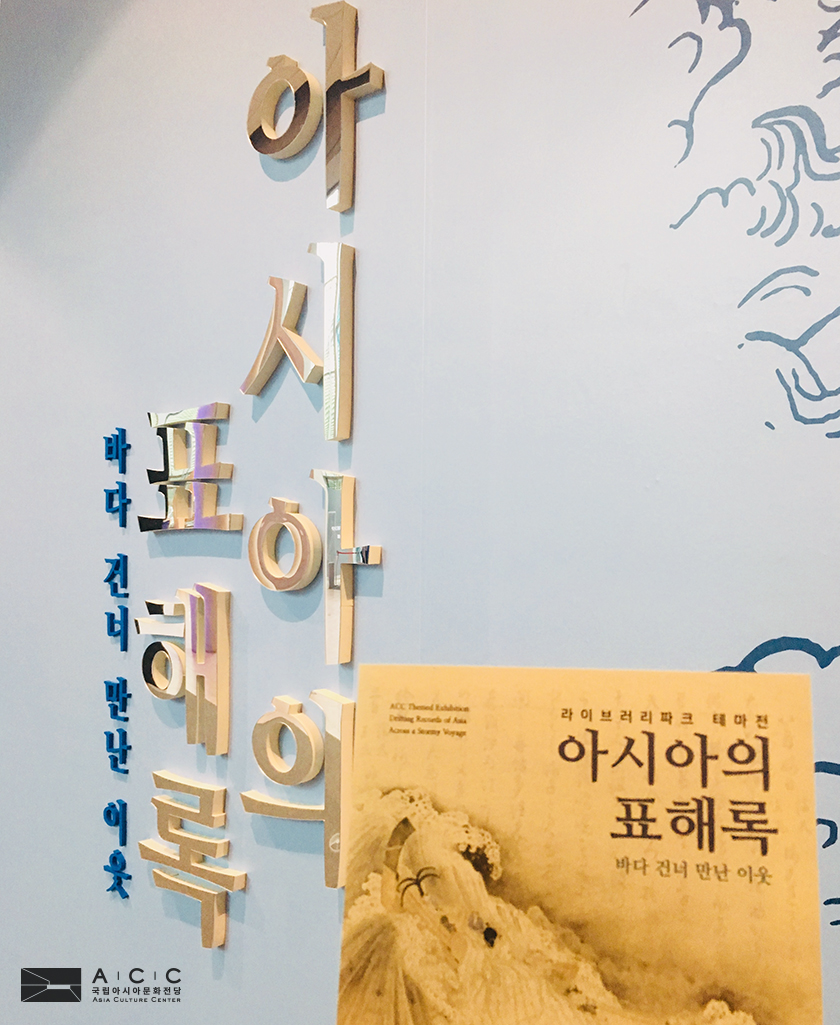
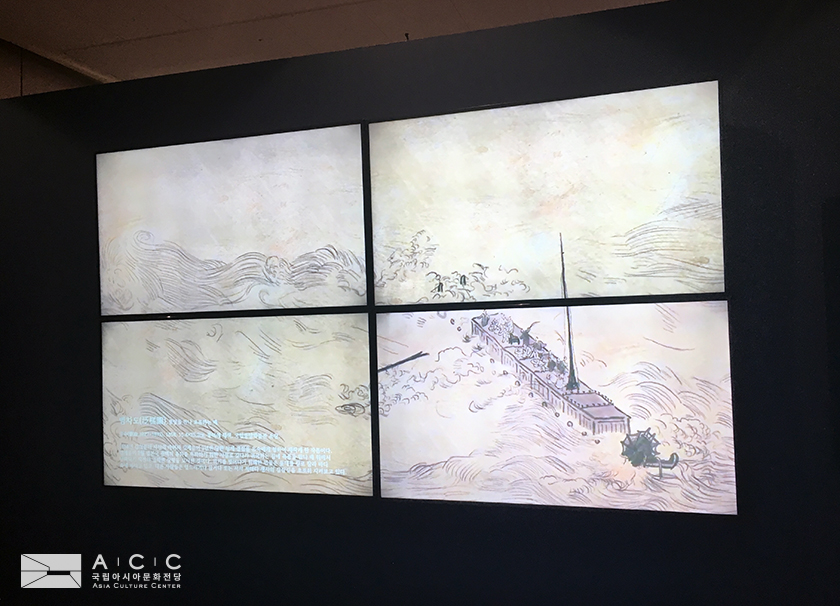
First part ¨Drifting Record of Asia¨ represents driftting records made from the 15th to the 19th centuries, the latter being the century where there was a better development in shipbuilding areas as well as the increase in trade in the countries of the northeast of Asia which produced a greater increase of driftting records in these areas.
This section mainly shows Pyohaerok of Cho Bu, (considered the oldest of its kind in all of Asia), also has the most outstanding examples of Asian paintings such as Japanese drifting records Shinkoku Hyoryudo (1644) and Chosen Hyoryu Nikki (1805) characterized by its beautiful illustrations that serve as good ethnographic records that are used today. It also highlights the ¨Nhật Bản kiến văn lụ¨ a Vietnamese driftting record that contains brief historical accounts.
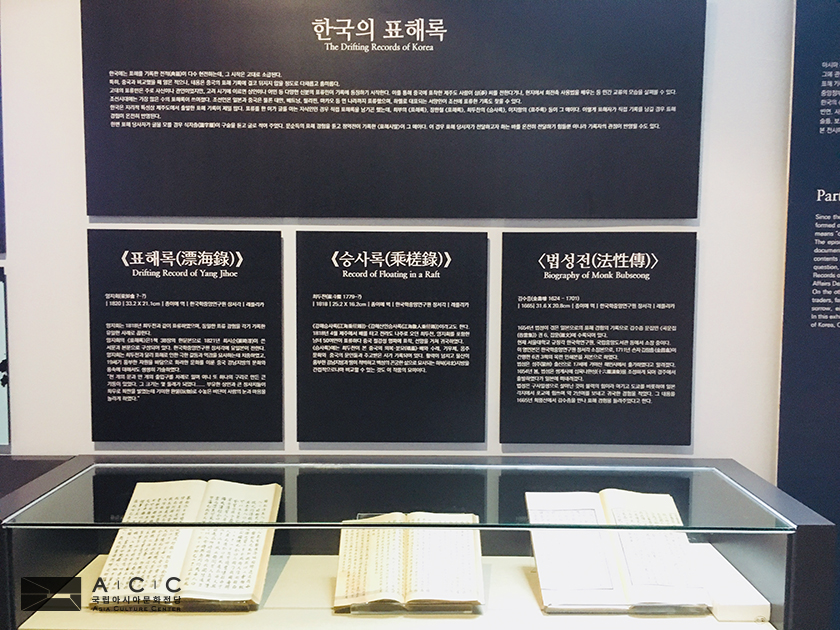
Second part ¨Neighbors Encountered Across to Stormy Voyage¨ is focused on records of drifting that explain the cultural exchange of maritime trade in Asia between the 15th and 19th centuries, as proof of this you can see some Asian letters that describe the history of these exchanges achieved by the Asians through the storm.
On the other hand, you can see maps that represent the world view and geographic awareness of the Asian people due to the strong winds and sea currents that affected the main landing and repatriation routes in each of these countries. This section also has an area of folklore where you will learn a little more about the different lifestyles of foreign countries as well as obtain information through the abundant records about religion, language, food and ways of thinking.
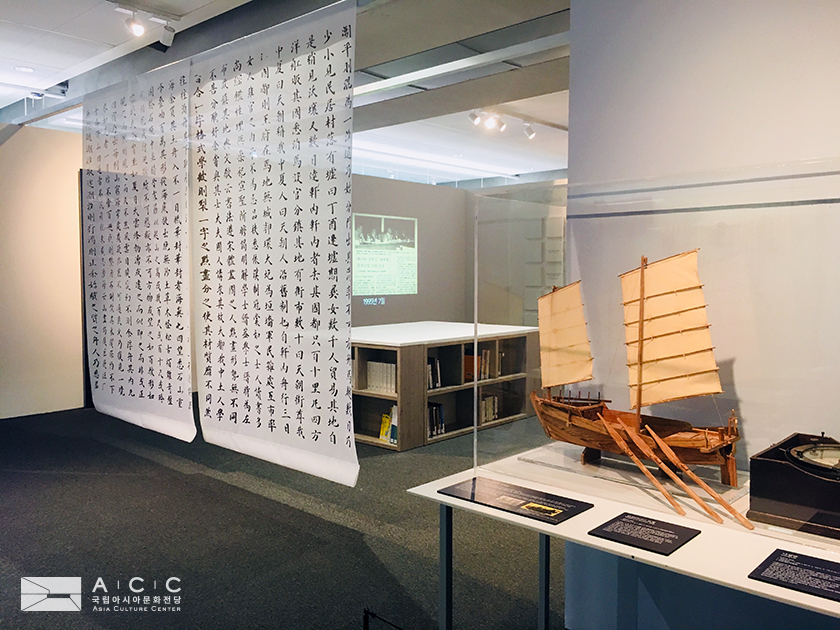
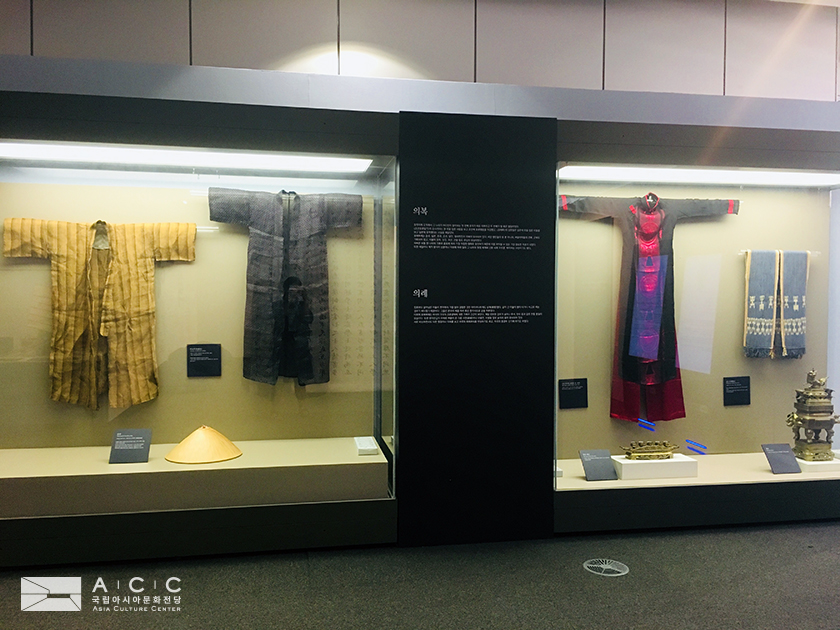
In the last part ¨Drifting¨in Popular Culture and Contents analyzes the diverse human emotions of the tramps due to the stories of disasters and histrionic returns that they suffered, that is why in this part you can find the expression literature represented in the records and drifting novels that are divided into happiness, anger, sadness and joy.
If you are the type of person who loves movies and theater in this part you can find different options that represent these great emotions since the "derivative" is a well-known theme in plays, literature, movies as well as animations.
Among the most recognized options are Robinson Crusoe, probably the best known story about drift; Cast Away, a movie known for Wilson the volley ball; Tamara, the island, a television show about an Englishman stranded in Jeju and Drift Story of Mun Sundeuk, a play based on the real-life adventure of Mun Sundeuk, a Sinan fisherman.
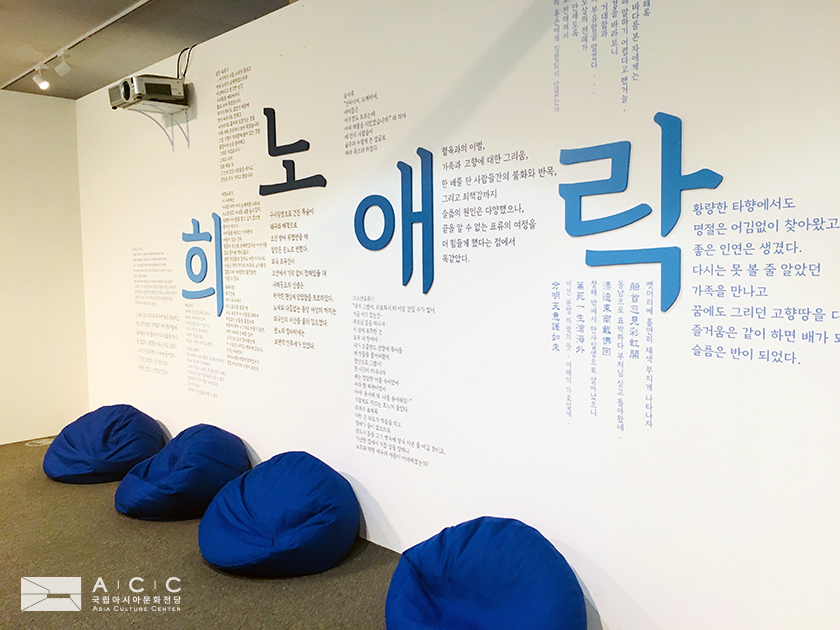
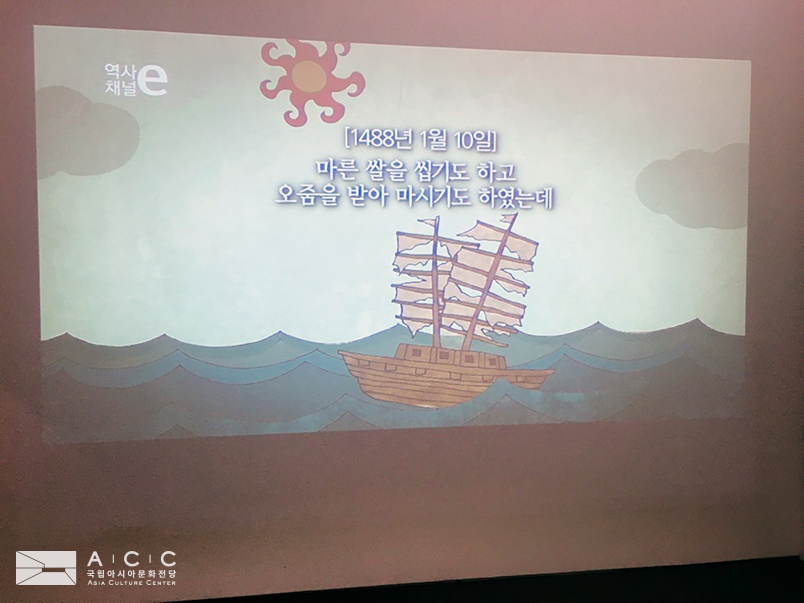
Among the novelties of this exhibition is the first where the ACC provides brochures in braille as well as teachers in sign language for visitors with visual and hearing disabilities respectively.
Come and find out about these incredible adventures and stories through each of the record of drifting. The exhibition is located in the Library Park ACC Archive & Research, admission is free and will be available to visit until Sunday, October 27.
Written by. Estefany Mandarachi Rosales,12th ACC Reporter
Designed by. Shim Solah,12th ACC Reporter

